With its maritime history, striking architecture, and laidback vibes, Gdańsk is one of Poland’s top travel destinations. As a historic port city on the Baltic coast, Gdańsk charms visitors with its mix of medieval, Renaissance, and Gothic styles, along with great museums, food, and nightlife.
| # | Activity | Description |
|---|---|---|
| 1 | St. Mary’s Basilica | Visit the massive Gothic church for panoramic city views. |
| 2 | Long Market and Długi Targ | Stroll through picturesque streets with shops and cafés. |
| 3 | Upland Gate | Walk through this historic gate, a remnant of old city walls. |
| 4 | Museum of the Second World War | Explore exhibits about Poland’s WWII experience. |
| 5 | Gdańsk Shipyard | Visit the birthplace of the Solidarity movement. |
| 6 | Oliwa Cathedral | Admire the medieval cathedral and its pipe organ. |
| 7 | Sopot | Relax in this seaside resort town near Gdańsk. |
| 8 | Malbork Castle | Explore the world’s largest castle by land area. |
| 9 | Gdańsk Ferris Wheel | Enjoy city views from the Ferris wheel. |
| 10 | Gdańsk Food Scene | Sample local cuisine like pierogi and seafood. |
| 11 | Island Hopping | Visit nearby islands for relaxation and exploration. |
| 12 | See Gdańsk From the Water | Cruise or kayak around the city’s rivers and harbors. |
| 13 | Attend a Festival | Experience local culture at various festivals. |
| 14 | Bar Hopping in the Old Town | Explore the nightlife in historic pubs and clubs. |
| 15 | Shop for Amber | Buy quality amber jewelry, a Polish specialty. |
In 2024, Gdańsk will continue to fascinate travelers who want to immerse themselves in Poland’s rich culture and explore the beautiful northern region of Pomorskie. From its landmark basilica to shipyard gates, here are the 15 best things to do in Gdańsk, Poland in 2024:
Marvel at St. Mary’s Basilica
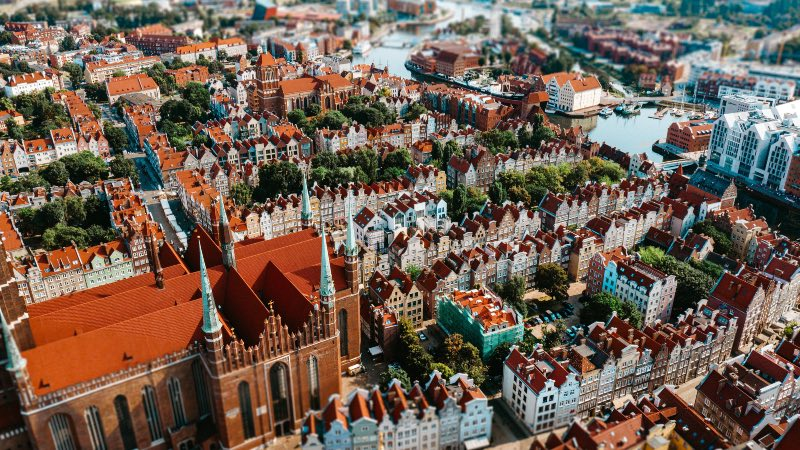
Name and Location: St. Mary’s Basilica, located in the heart of Gdańsk’s Main Town.
History and Significance: St. Mary’s is one of the largest brick churches in the world. It was first built in the 14th century and has great historical and architectural significance.
What to Expect: Marvel at the massive interior with its elaborate granite pillar-arcades, stunning stained glass windows, and lavish baroque altar.
Visitor Information: Open daily 9am-6pm, though hours may vary by season. Admission is free. Be respectful as this is an active place of worship.
Towering over Old Town is the massive red-brick Gothic St. Mary’s Basilica, the largest brick church in the world. Climb the church tower’s 400 steps for awesome panoramic views over Gdańsk and its river harbor.
Inside the basilica, don’t miss the magnificent 15th-century astronomical clock with its spinning zodiac calendar and live bugle call. Seeing this iconic basilica will immediately show you the grandeur of Gdańsk.
Walk Along Long Market and Długi Targ
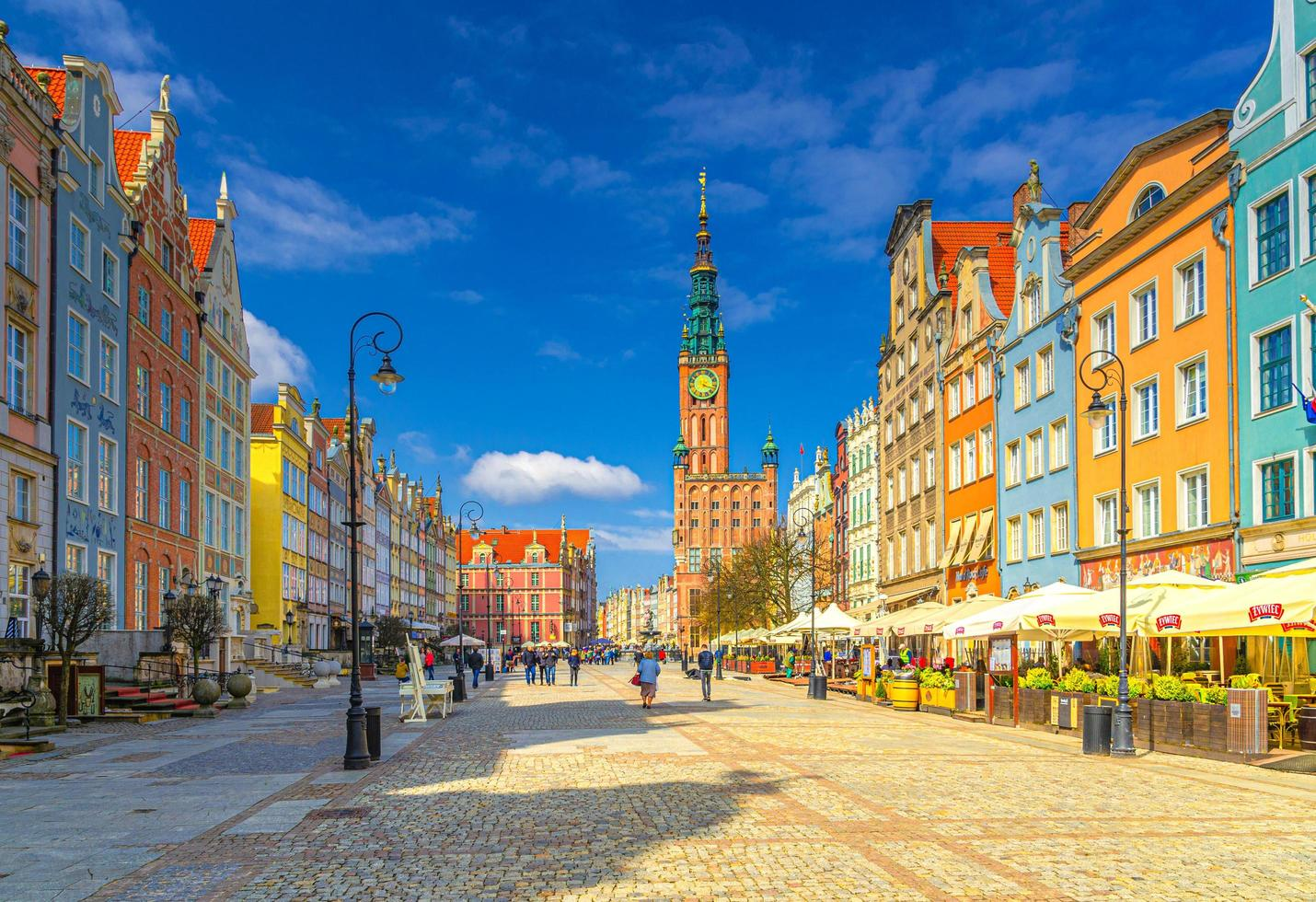
Name and Location: Long Market and Długi Targ are two parallel streets running through Main Town Gdańsk.
History and Significance: These picturesque streets showcase the splendor of Gdańsk’s historic architecture. The Long Market has been the central artery since the 1400s.
What to Expect: Stroll along the colorful facades, stopping to shop and dine. Don’t miss sights like the Golden Gate and Neptune’s Fountain.
Visitor Information: The streets are pedestrian-only and always bustling. Visit during the day or evening when they really come alive.
Lined with picturesque houses, Long Market and Długi Targ form the heart of Gdańsk’s scenic Old Town. Wandering these streets, which glow amber under old-fashioned gas lamps at night, feels like walking through a fairytale.
Stop at the intricate Neptune’s Fountain, snapshots must of Gdańsk. Browse the many cafés, galleries, and boutiques in the ornate townhouses. This atmospheric area is great for strolling, shopping, or dining al fresco.
Cross the Upland Gate

Name and Location: The Upland Gate is an exit from Gdańsk’s Main Town onto Uplandska Street.
History and Significance: The ornate Upland Gate dates back to the 1570s and served as the northern entrance gate to the city.
What to Expect: Walk under the archway engraved with a scene from Gdańsk’s history. Exit onto Uplandska Street towards the granaries and River Motława.
Visitor Information: The gate is open to pedestrians at all times. Be sure to look up and admire the detailed carvings as you pass through.
One of the most famous remnants of Gdańsk’s old defensive walls is the Upland Gate, the only gate that survived from medieval Gdańsk.
Walk through this tall red-brick gatehouse onto bustling Upland Street, which was once the road leading merchants and traders from inland cities to Gdańsk. Passing the Upland Gate lets you visualize arriving to the prosperous port city centuries ago.
Visit the Museum of the Second World War
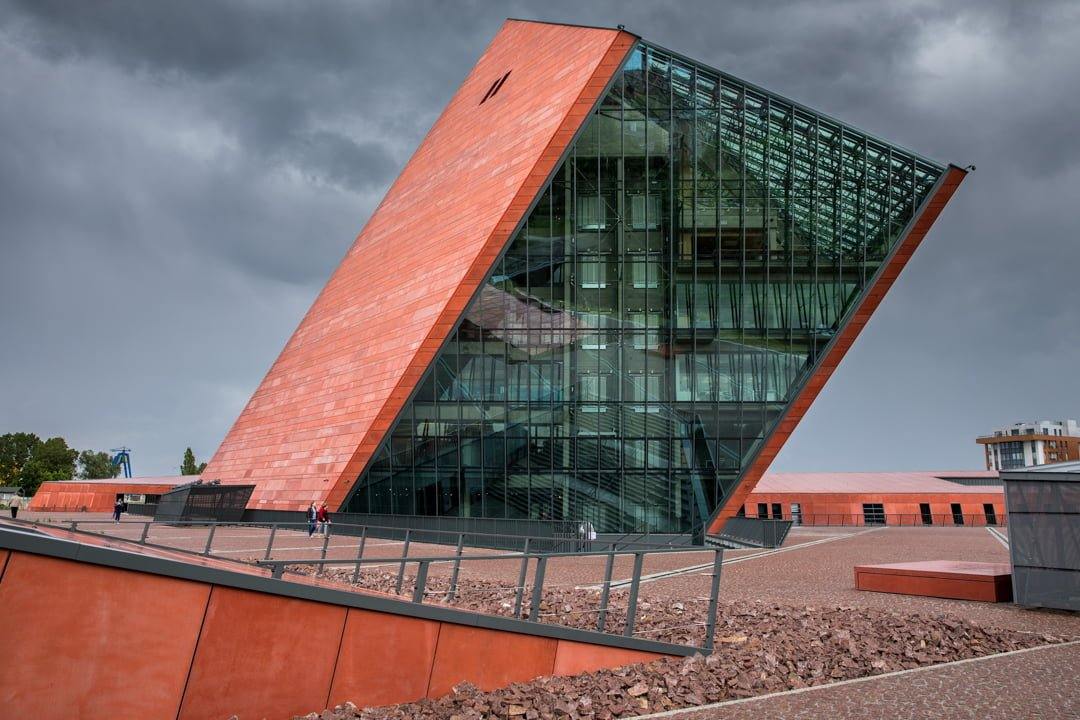
Name and Location: The Museum of the Second World War is located in central Gdańsk along the Motława River.
History and Significance: Opened in 2017, this museum covers all aspects of WWII across Europe and worldwide. The exhibits are extremely comprehensive.
What to Expect: State-of-the-art interactive displays taking you through pre-war tensions, invasion, occupation, Holocaust, battles, liberation, and more.
Visitor Information: Open 10am-7pm, closed Mondays. Admission is 21 PLN. Allow 2-3 hours to see the main exhibits. Audio guides available.
Poland was heavily impacted by World War II, and Gdańsk’s Museum of the Second World War extensively chronicles the country’s devastating wartime experience.
Spread across multiple multimedia exhibits, the museum recounts the horrors of the Nazi invasion and occupation through artifacts, documents, survivor testimonies, wartime art and propaganda. Allow plenty of time here to fully take in this powerful museum.
Explore the Gdańsk Shipyard
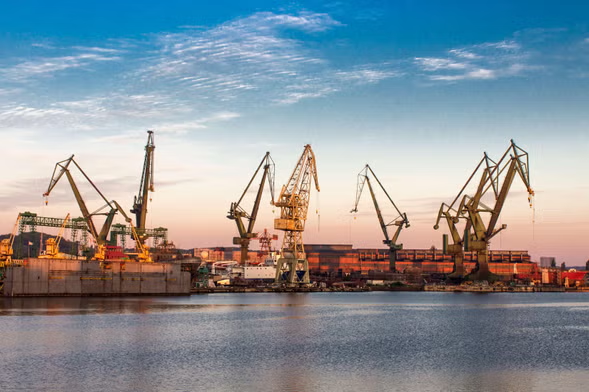
Name and Location: The Gdańsk Shipyard is on Ostrów Island along the Motława River.
History and Significance: This shipyard is where the Solidarity movement began in 1980, an important milestone in ending communist rule.
What to Expect: See the iconic Monument to the Fallen Shipyard Workers, visit the Roads to Freedom exhibition in the Solidarity Center.
Visitor Information: The shipyard grounds are always open. Solidarity Center open 10am-6pm, admission 10PLN.
The Gdańsk Shipyard is a monumental site for Polish history, being the birthplace of the Solidarity movement that helped end communist rule. See the iconic red-brick gatehouse, still decorated with pro-Solidarity graffiti, and the Roads to Freedom exhibition.
Also stop by the new European Solidarity Center for interactive exhibits explaining the shipyard strikes and their massive impact, with a towering wall covered in Solidarity protest stickers.
Visit Oliwa Cathedral

Name and Location: Oliwa Cathedral is located in Gdańsk’s Oliwa district, about 4km from the city center.
History and Significance: This imposing cathedral was built in the 13th century. It’s renowned for its grand organ with automated figures.
What to Expect: Don’t miss the musical organ recital, held daily June-August and weekends the rest of the year.
Visitor Information: Open 10am-5pm daily. Free admission. Take tram #6, 7, or 12 to get here.
The impressive Oliwa Cathedral dates back to the 1200s and still has medieval elements like its ornate floor patterning. The cathedral’s main highlight is its massive pipe organ with moving angelic figures that puts on musical animatronic shows.
Be sure to see a organ performance to appreciate this beautifully carved instrument with its rich melodic sound. Visiting Oliwa Cathedral lets you see Gdańsk’s elegance outside the Main City.
Relax in Sopot
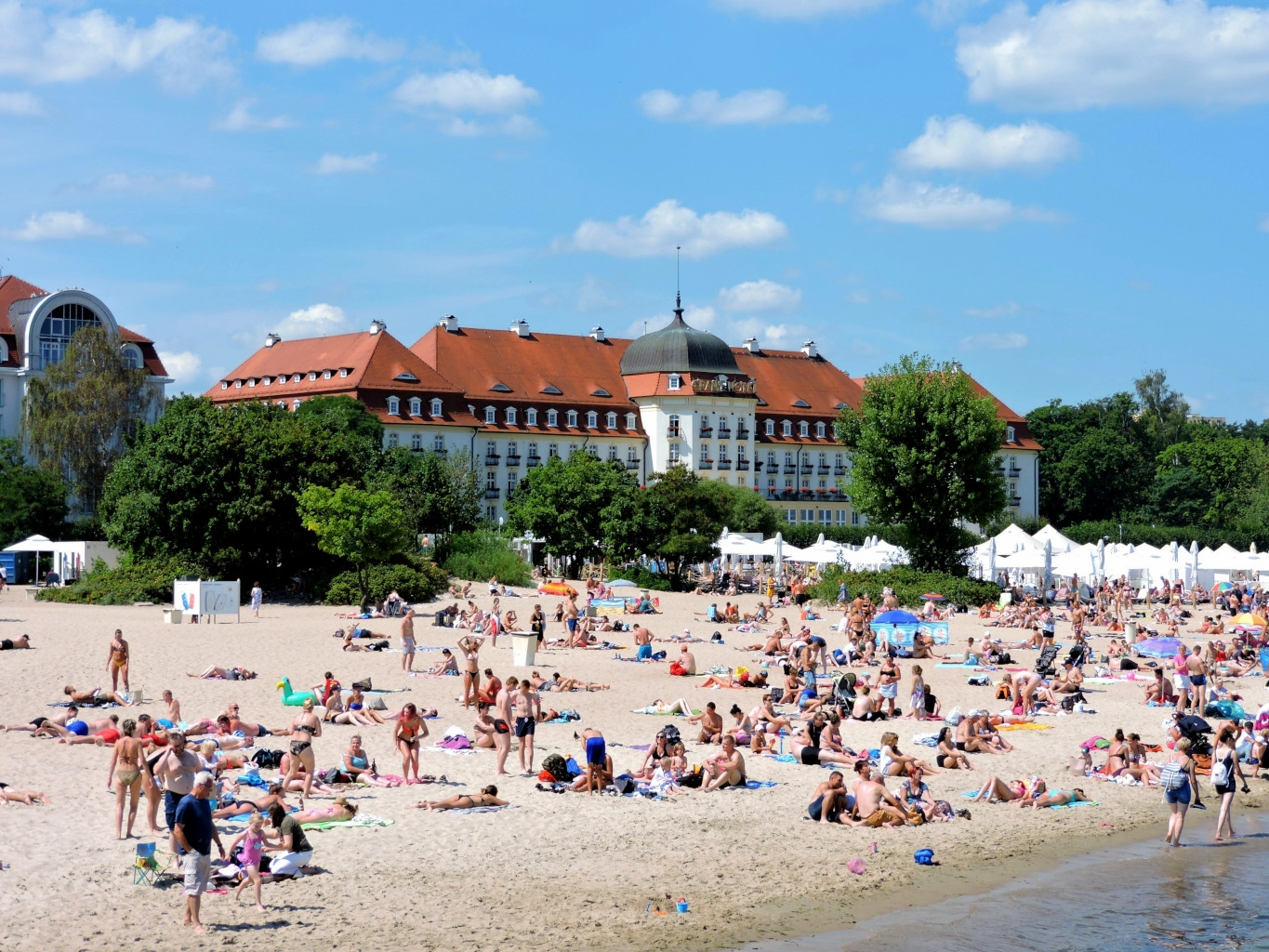
Name and Location: Sopot is a seaside resort town next to Gdańsk along the Baltic Coast.
History and Significance: Sopot has been a popular spa destination since the 1800s. It’s known for its beaches, pier, and lively social scene.
What to Expect: Stroll along the wooden pier, relax on the beach, sample local cuisine, enjoy the nightlife and entertainment.
Visitor Information: Just 15 mins from Gdańsk by train. The main pedestrian area is Bohaterów Monte Cassino.
Just 25 minutes north of Gdańsk is the chic seaside resort town of Sopot, known for its beaches, spas, and nightlife. Stroll along the Sopot pier, the longest wooden pier in Europe, then relax on the soft sand beaches.
Browse the art galleries and boutiques along Sopot’s main pedestrian strip, Bohaterów Monte Cassino. With its breezy coastal vibes and hip atmosphere, Sopot makes for a lovely day trip from Gdańsk.
Wander Around Malbork Castle
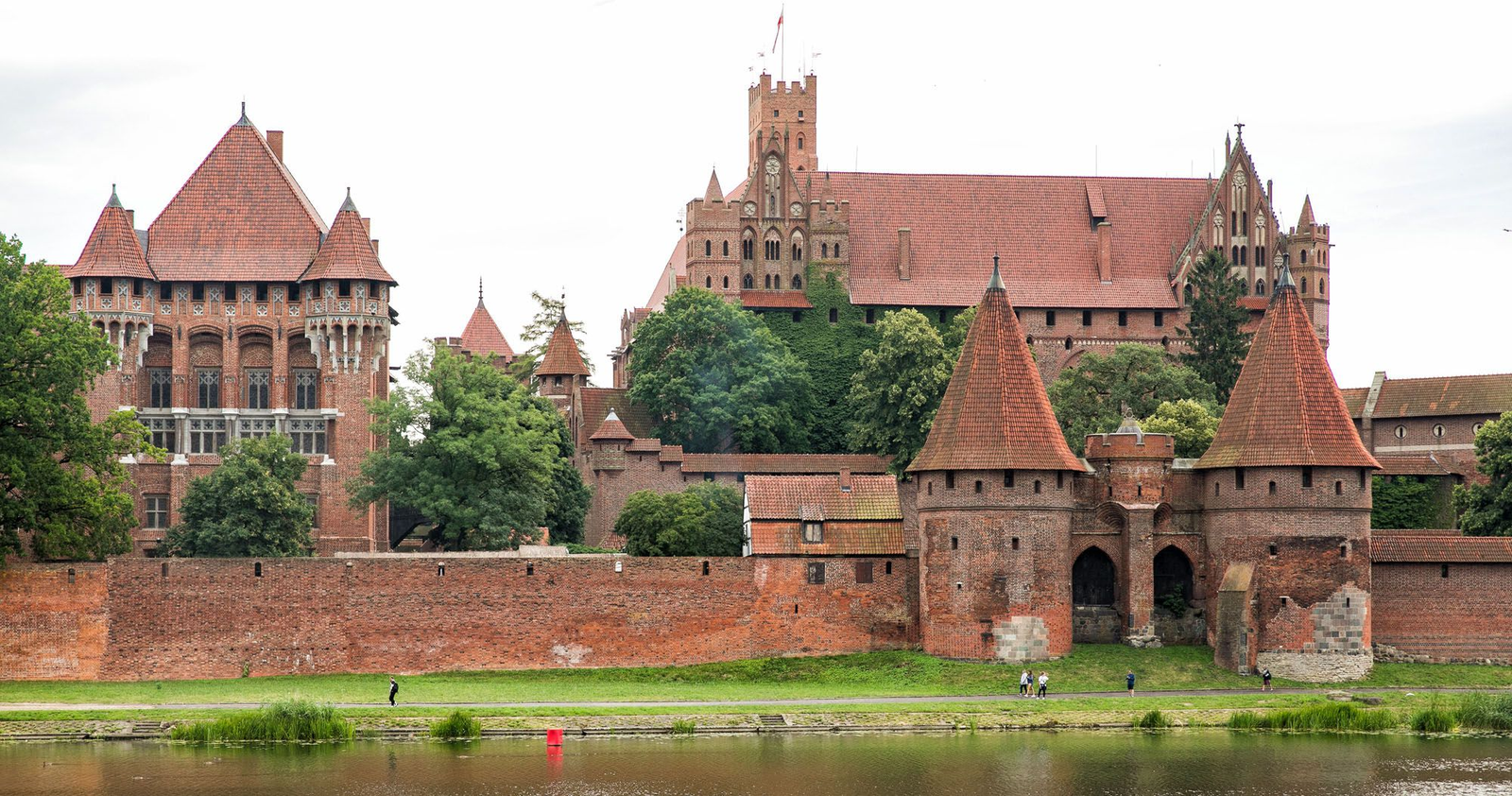
Name and Location: Malbork Castle is in the town of Malbork, about 55km southeast of Gdańsk.
History and Significance: It’s the largest castle in the world by land area and an impressive example of a medieval brick fortress.
What to Expect: Walk along the fortified walls, see exhibits like the Grand Masters’ Palace and the Great Refectory.
Visitor Information: Open 9am-7pm in summer, shorter hours in winter. Combination tickets available. Allow 2-3 hours to explore.
Malbork Castle is an easy day trip from Gdańsk, being just an hour south by train. This 13th-century Teutonic stronghold is the largest castle in the world by land area and a UNESCO site.
Marvel at the red-brick construction as you walk through Knights’ Hall and the Grand Master’s Palace, feeling transported back to medieval times. Climb the towers for stunning panoramas over the fortress. Seeing massive Malbork is a must-do excursion from Gdańsk.
Ride the Gdańsk Ferris Wheel
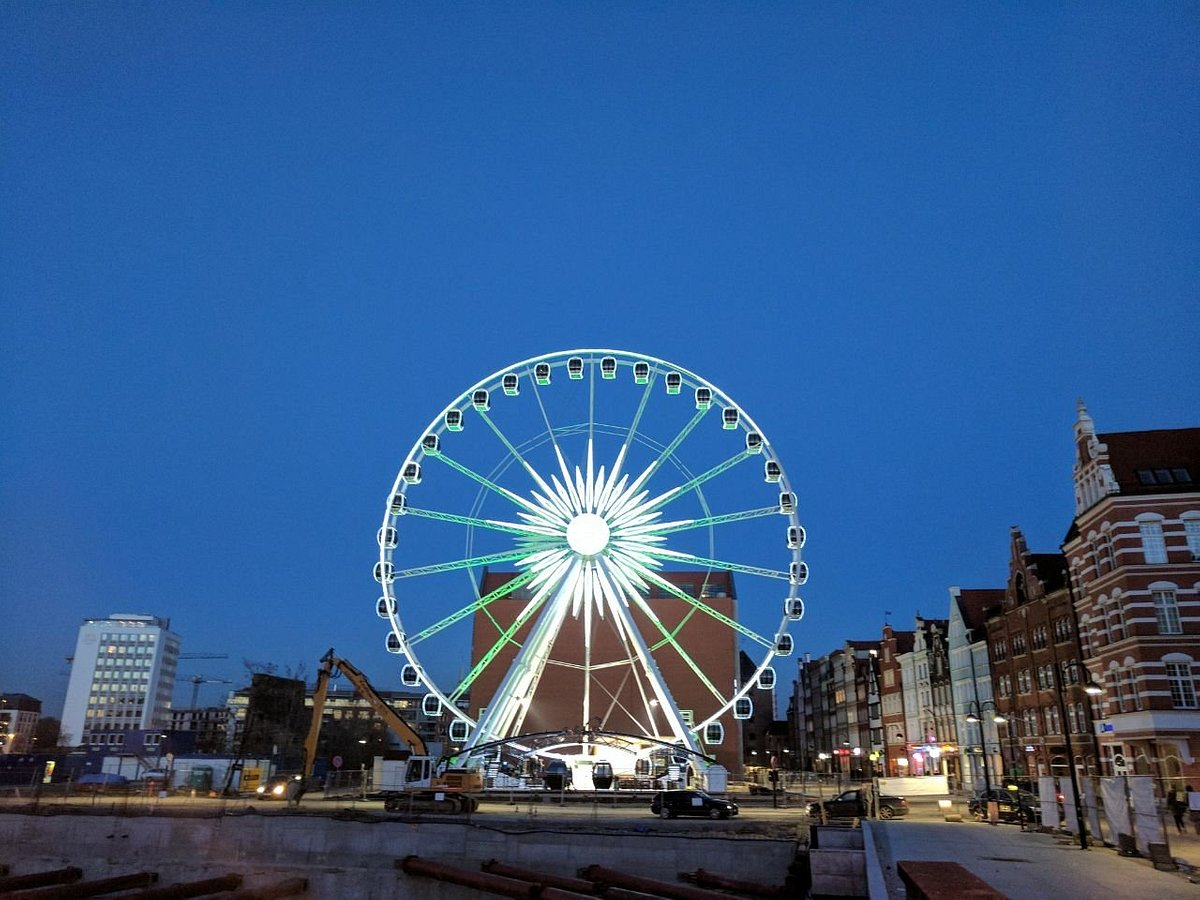
Name and Location: The Gdańsk Ferris Wheel is located at Galeria Bałtycka on the left bank of the Motława River.
History and Significance: Opened in 2016, this modern Ferris wheel gives a unique aerial view of Gdańsk.
What to Expect: Sweeping views of the city, river and shipyard from the enclosed or open-air cars. Ride lasts about 10 minutes.
Visitor Information: Operates daily 10am-10pm, longer in summer. Tickets are 10-15 PLN per ride.
For awesome views over Gdańsk, take a ride on the giant Ferris wheel located on the left bank of the Motława River. Rising to almost 200 feet, the Ferris wheel offers stellar bird’s-eye vistas of the city, harbor, and shipyard.
Nighttime rides are particularly scenic with Gdańsk lit up. Don’t miss this fun way to soak in aerial views during your visit.
Explore the Gdańsk Food Scene

Name and Location: Gdańsk has a thriving food culture throughout the city.
History and Significance: From traditional Polish pierogi to Baltic seafood, Gdańsk’s cuisine reflects its rich history.
What to Expect: Try local dishes like goldwasser liqueur, fresh smoked fish, pierogi, and sapieżanka open-faced sandwiches.
Visitor Information: Experience fine dining, cozy cafes, street food stalls, quirky milk bars, and seaside restaurants.
Polish cuisine shines in Gdańsk, with delicious specialties like pierogi dumplings, herring dishes, open-faced sandwiches, and potato pancakes.
Check out milk bars like Bar Mleczny Neptun for cheap, authentic meals. Splurge on seafood like Baltic cod or smoked salmon. Sample local vodka infusions. Join a food tour for tastings at Gdańsk’s top eateries, from cafés to pierogi joints.
Go Island Hopping
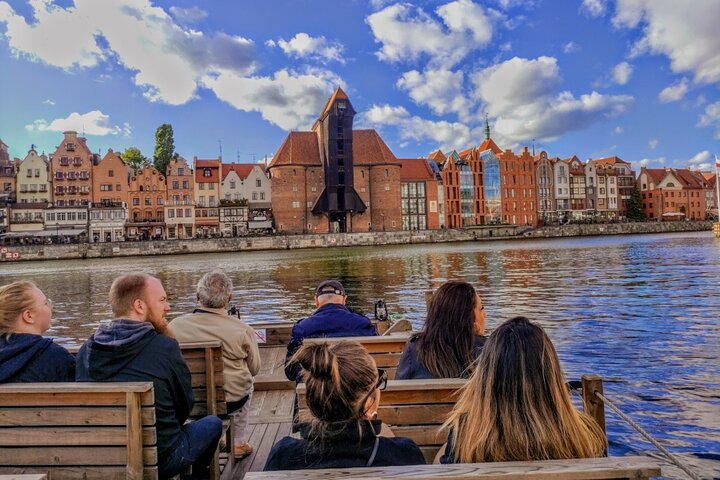
Name and Location: Gdańsk Bay has several islands that are easy to visit, including Sopot, Gdańsk Oliwa, Westerplatte.
History and Significance: These islands each have their own unique character and history tied to Gdańsk.
What to Expect: Beautiful beaches, fascinating museums, historic landmarks, charming towns with shops and restaurants.
Visitor Information: Reach the islands by train, ferry, kayak or boat tour. Each has something different to offer visitors.
Just off Gdańsk lie two relaxing islands perfect for day trips, reached by ferry: Sobieszewo Island and Westerplatte.
Spend the day cycling, swimming, and sunbathing on sandy Sobieszewo Island. Visit Westerplatte’s beaches, nature trails, and ruins of military barracks that were attacked at the start of WWII.
Island-hopping shows a more relaxed side of Gdańsk ideal for escaping the city.
See Gdańsk From the Water

Name and Location: Gdańsk has many waterways and the bay, perfect for boating.
History and Significance: The Motława River runs through the center of the city. Boat tours are a popular way to see sights.
What to Expect: Cruise along the Motława or bay to admire Gdańsk’s architecture and shipyards from a unique vantage point.
Visitor Information: Many boat tour options available. Buy tickets at booths along the docks. Trips run daily.
A fun way to enjoy views of Gdańsk is from its rivers and harbors. Take a Motława River cruise to admire landmarks like the Crane, Granaries, and Żuraw Gate from the water.
Or for a more active outing, rent a kayak and paddle around the ports and islands. Seeing Gdańsk’s historic waterfront and architecture from the water lets you appreciate this maritime city from a seafarer’s perspective.
Attend a Festival
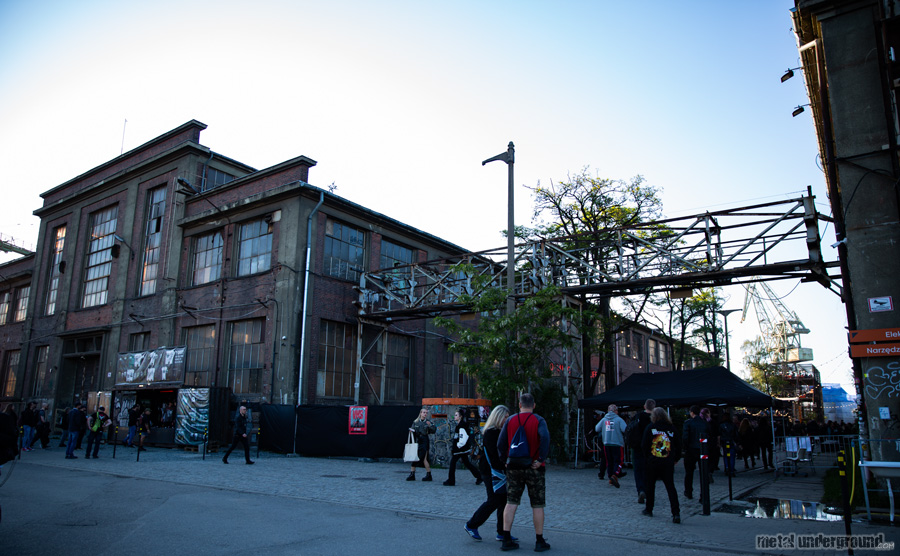
Name and Location: Gdańsk hosts many festivals throughout the year across the city.
History and Significance: Festivals showcase local culture and talent across music, theater, film, food, and more.
What to Expect: Lively crowds, entertainment, food stalls, arts and crafts. Popular events include St Dominic’s Fair, Shakespeare Festival.
Visitor Information: Check online event listings. Festivals happen almost weekly from May through September.
Fun festivals year-round liven up the city and showcase Gdańsk’s cultural scene. September brings the massive St. Dominic’s Fair with concerts and street food. Celebrate Slavic culture in the June/July Baltic Sail Gdańsk festival.
In December, browse handicrafts at the Jarmark Dominikański Christmas market. Trying to time your visit to coincide with a festival adds festive spirit!
Go Bar Hopping in the Old Town
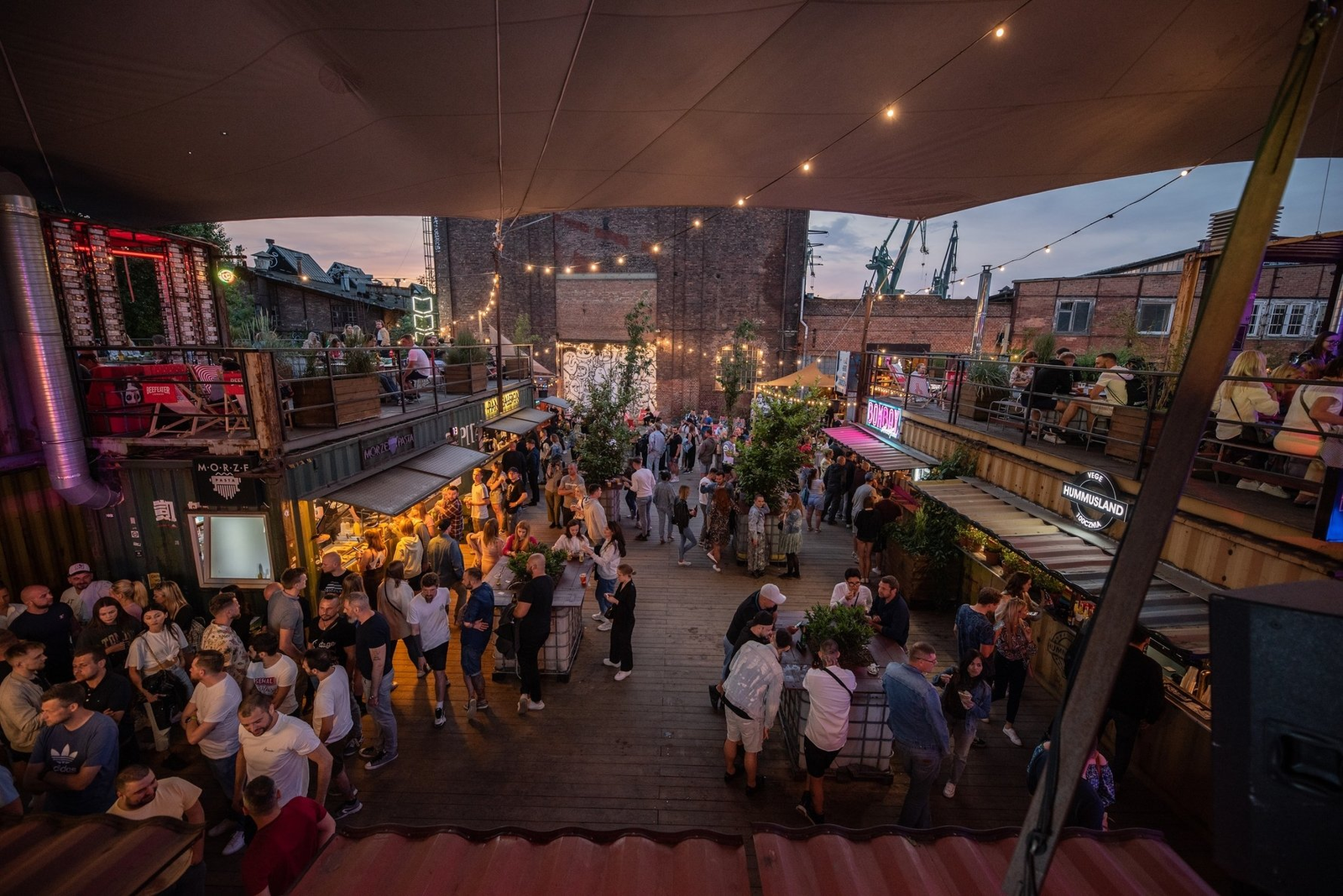
Name and Location: The bars and clubs of Main Town Gdańsk make for a lively night out.
History and Significance: Gdańsk’s bar scene ranges from traditional local pubs to hip new cocktail lounges.
What to Expect: Sample local beers and vodka shots as you pub crawl along streets like Piwna. Discover hidden basement bars and riverside clubs.
Visitor Information: The party goes late in summer. Stag and hen parties frequent the area. Pace yourself and drink responsibly.
By night, head to Gdańsk’s Old Town to experience its lively bar and club scene. Hop between atmospheric pubs in medieval buildings like Kamienica, Brovarnia, and Goldwasser.
As the night goes on, dance at hotspots like Paradox and Organ Music Bar, pumping with DJs and events. Gdańsk’s nightlife offers tons of fun alongside history.
Shop for Amber
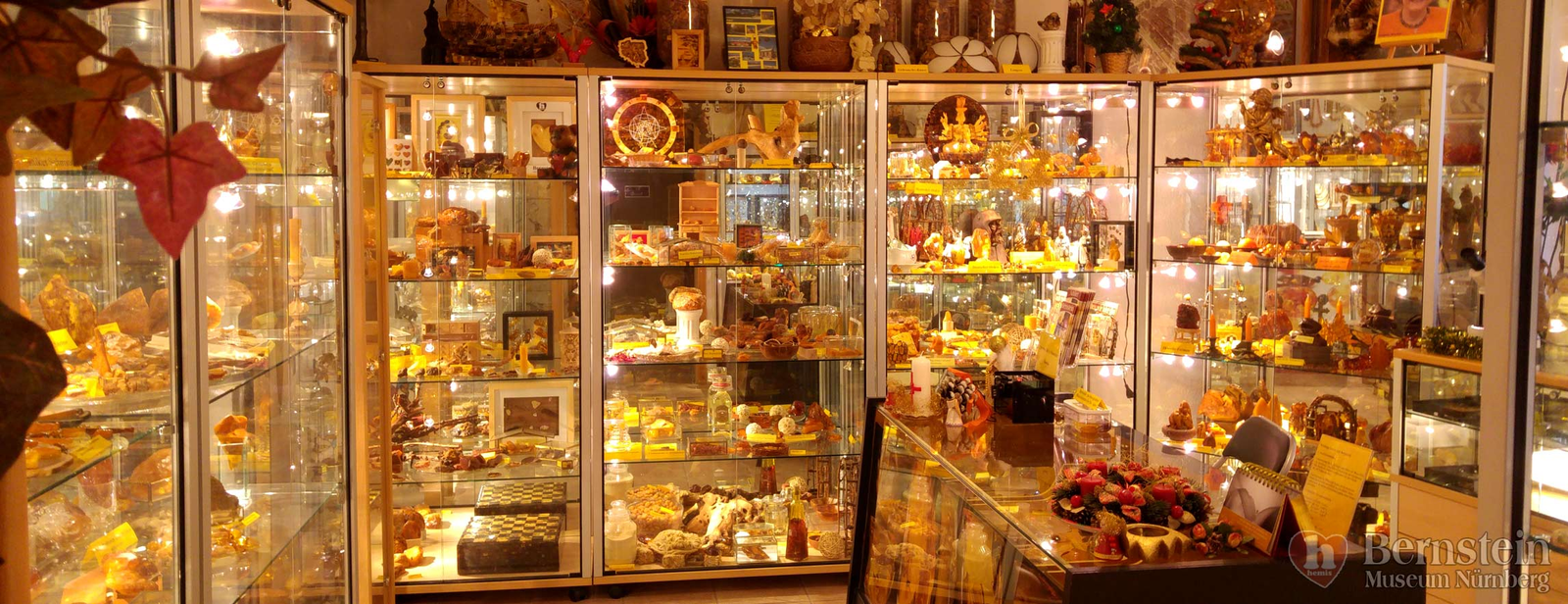
Name and Location: Amber shops are found across Gdańsk, especially near the historic gates.
History and Significance: Amber from the Baltic region has been traded since medieval times. Gdańsk is known as the amber capital.
What to Expect: Rows of jewelry, décor items, gemstones made from amber. Prices vary so shop around for deals.
Visitor Information: Reputable galleries found near Ul Św Ducha and Długi Targ. Negotiate for the best price.
Poland is known for its Baltic amber, and Gdańsk is a fantastic place to buy quality amber jewelry. Learn about the different colors and clarity while browsing necklaces, bracelets, and more in old workshops.
Mariacka street is lined with amber stores, or stop into a gallery like Amber Kashubia Galeria. Bringing home amber jewelry makes for the perfect Polish souvenir.
Conclusion
With its coastal location, vibrant culture, and blend of history and innovation, Gdańsk in 2024 promises an exciting travel experience. Use this list to plan an unforgettable trip where you marvel at Gothic architecture, honor Poland’s past resilience, enjoy Baltic beaches, and soak in the city’s spirit.
From museum exhibits to island adventures, Gdańsk offers wonderful variety. Its colorful Old Town will win your heart while the shipyard tells a moving story. Seaside escapes, castles, festivals, and delicious foods add to this northern city’s dynamic charm.
When visiting Poland in 2024, make sure to include Gdańsk on your itinerary to discover why it remains one of Europe’s hottest destinations. The “Pearl of the Baltic” is ready to impress you with its rich offerings and show how much it has to explore!

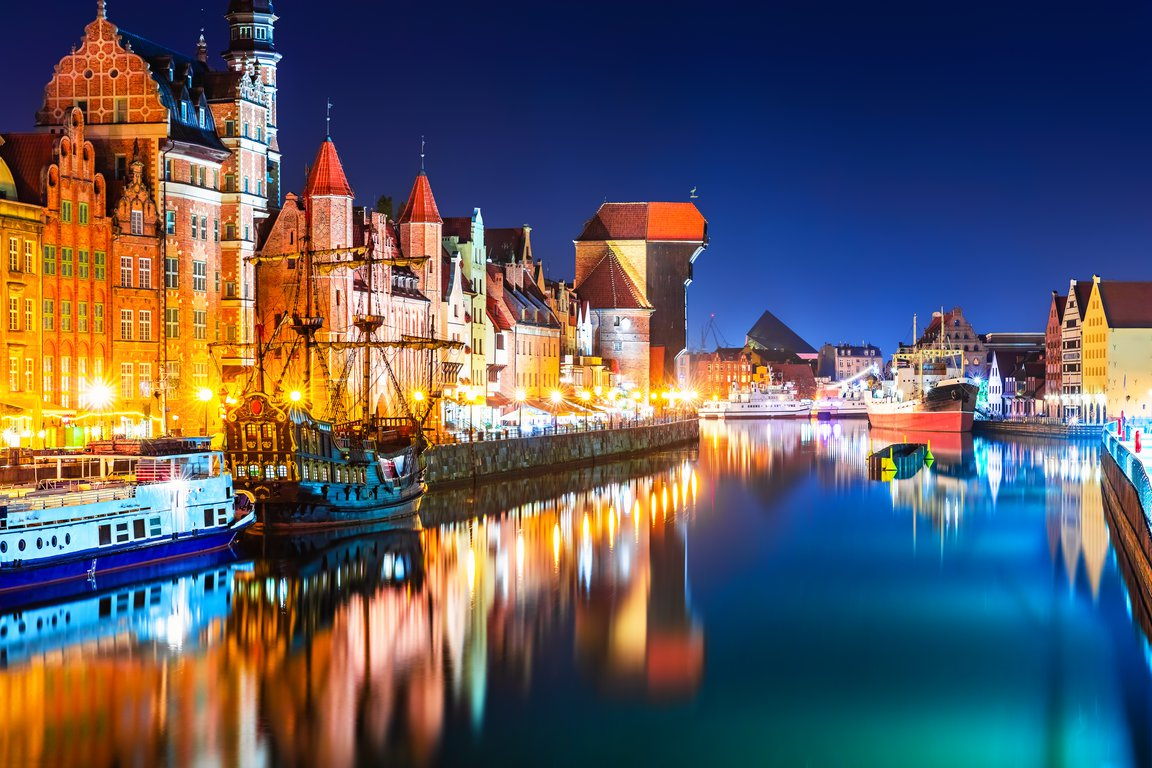
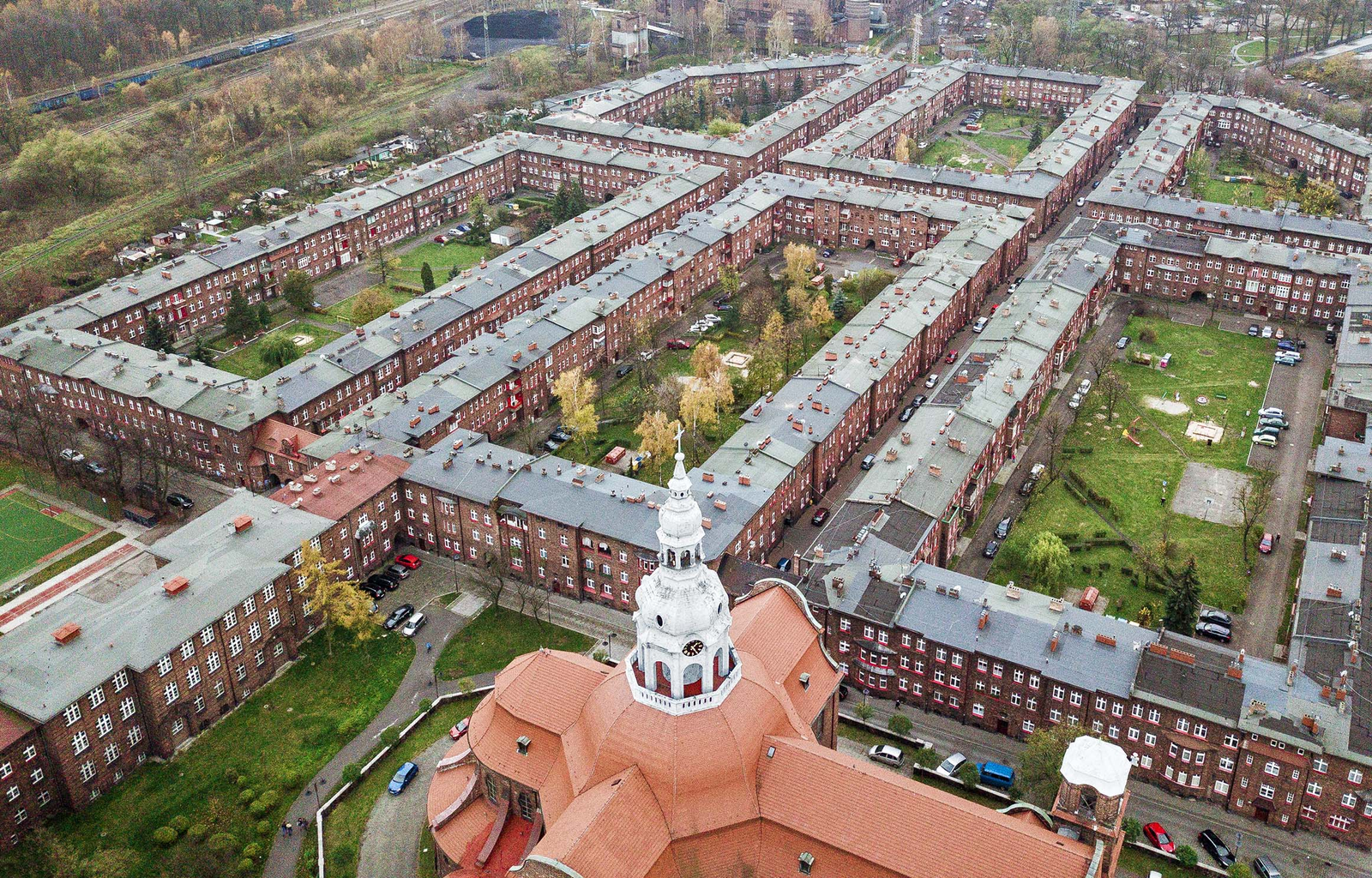
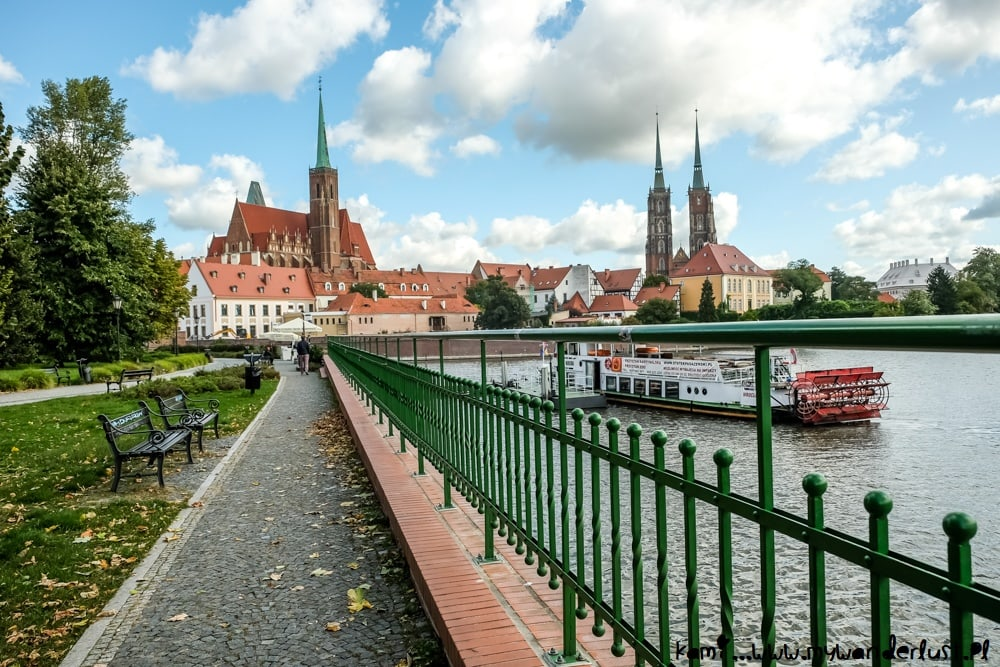

Join the Conversation